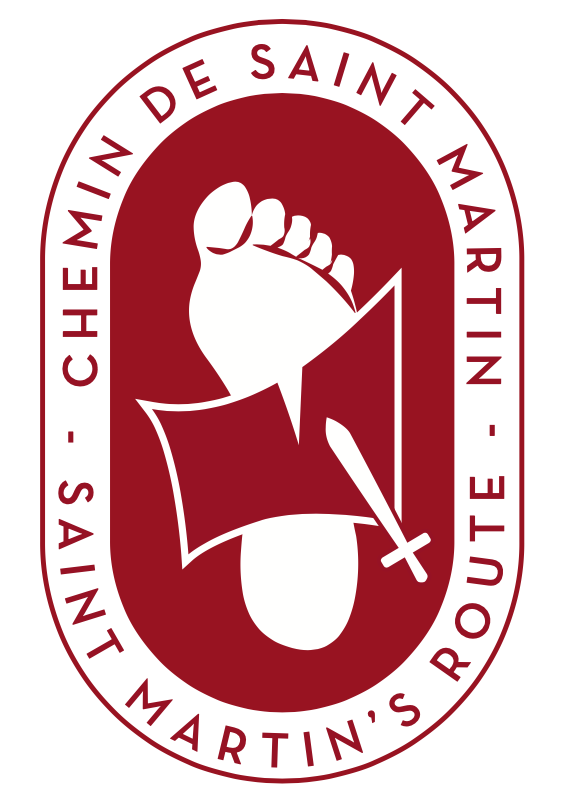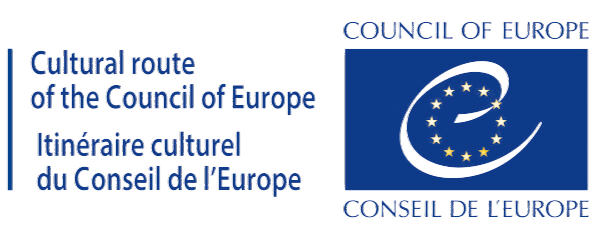The European Federation of Saint Martin Cultural Centres
The European Federation of Saint Martin Cultural Centres is a non-profit association under French law which brings together 13 Centres in Europe : Austria, Belgium, Croatia, France (Via Sancti Martini France and Culturel Centre Saint Martin Corsica), Germany, Hungary, Italy (CCE Saint Martin Puglia and Friuli), Netherlands, Poland, Slovenia, Slovakia…. It is the organization responsible for developing the European Cultural Route « Saint Martin de Tours, a European figure, a symbol of sharing, a common value », certified since 2005 as a « European Cultural Route » (label awarded by the Council of Europe).
The European Federation of the Saint Martin Cultural Centres works with the European Institute of Cultural Routes of the Council of Europe, in Luxembourg.
How does it work ?
The European Federation of Saint Martin Cultural Centres is a non-profit association under French law which brings together 13 Centres in Europe : Austria, Belgium, Croatia, France (Via Sancti Martini France and Culturel Centre Saint Martin Corsica), Germany, Hungary, Italy (CCE Saint Martin Puglia and Friuli), Netherlands, Poland, Slovenia, Slovakia…. It is the organization responsible for developing the European Cultural Route « Saint Martin de Tours, a European figure, a symbol of sharing, a common value », certified since 2005 as a « European Cultural Route » (label awarded by the Council of Europe).
The European Federation of the Saint Martin Cultural Centres works with the European Institute of Cultural Routes of the Council of Europe, in Luxembourg.
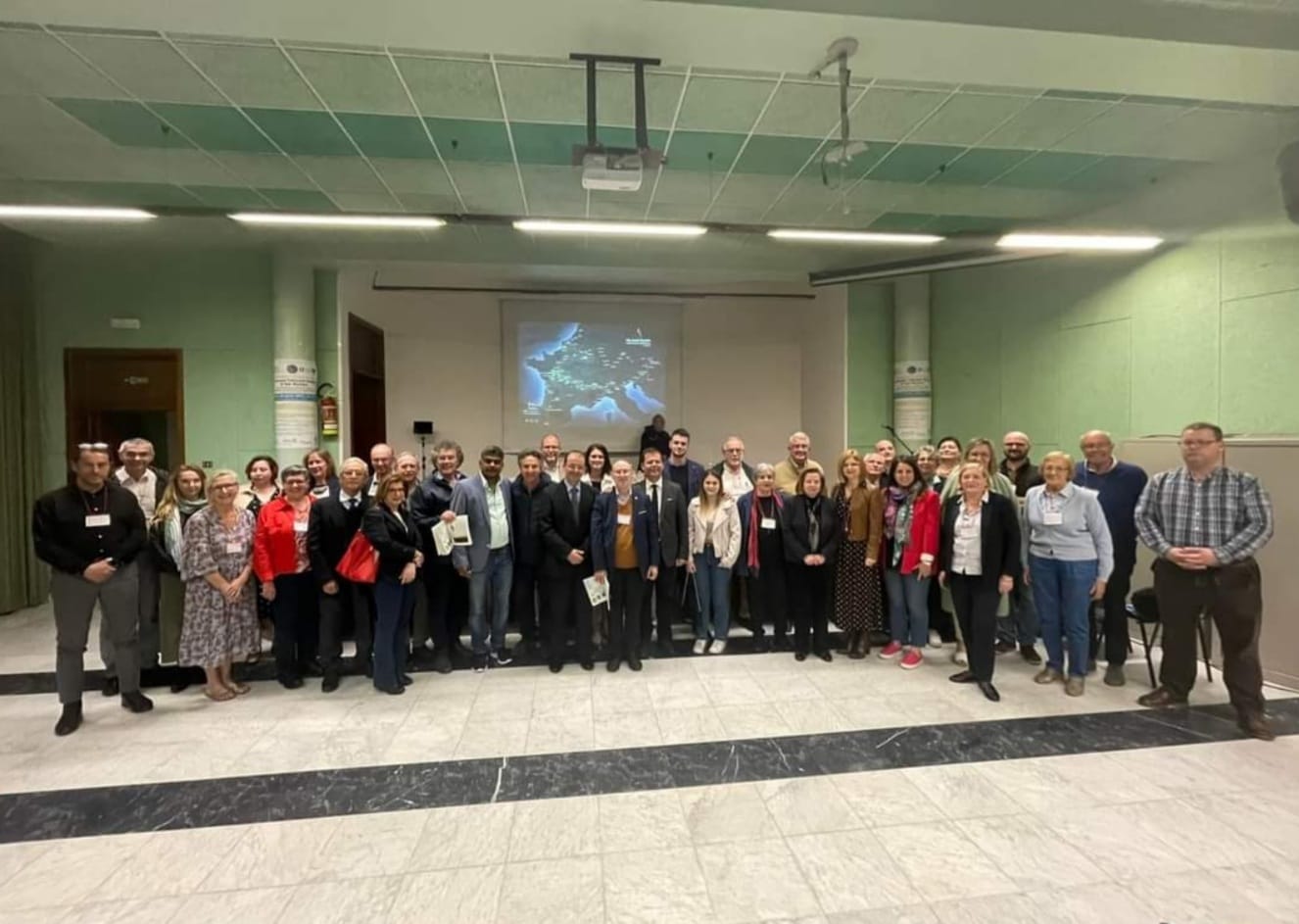
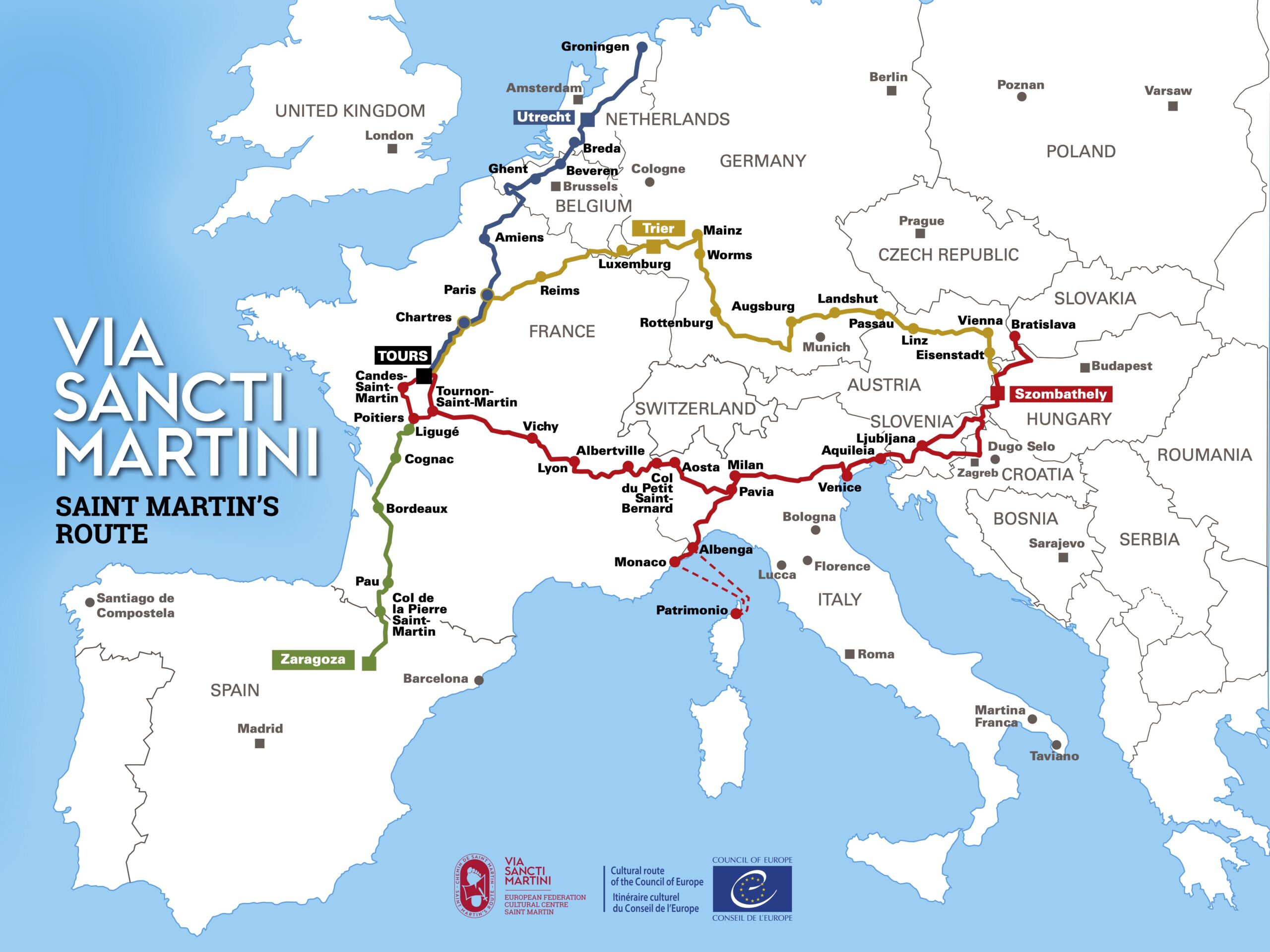
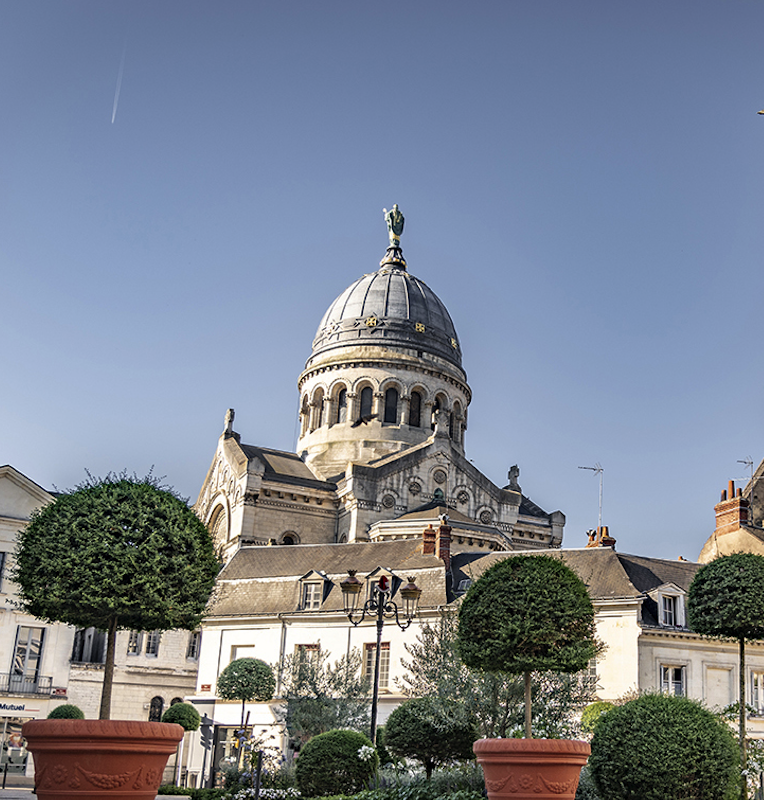
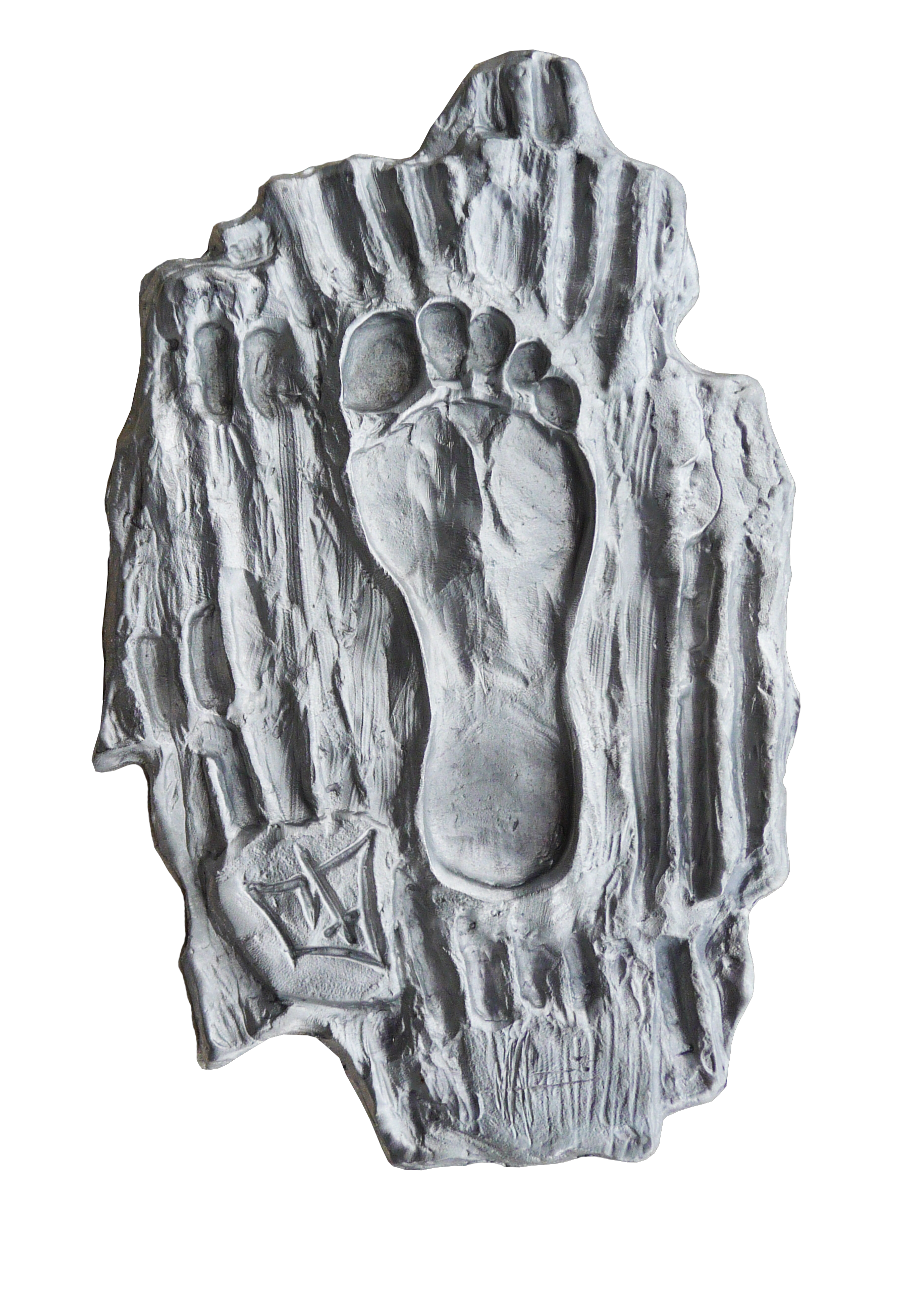
Through Saint Martin’s steps →
